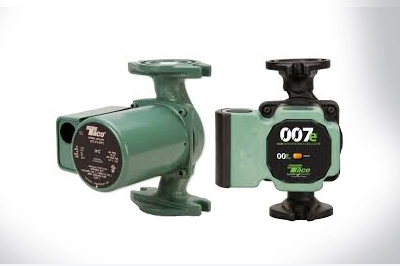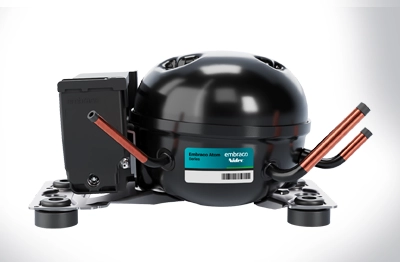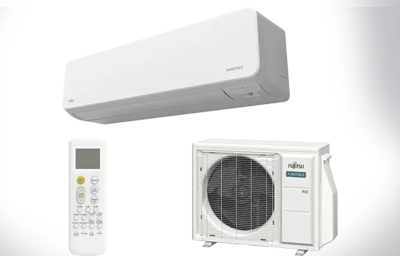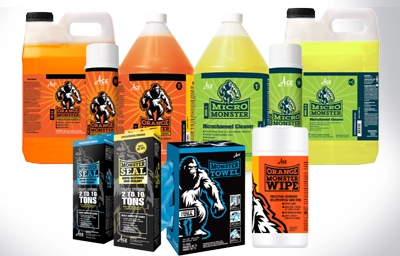As you know, the influx of customer service calls in the HVACR industry is based on seasonal demand when hot and cold repairs are deemed urgent fixes. A customer won’t hesitate about fixing a broken air conditioning system mid-heatwave. But when the weather is more temperate, demand goes down. Even if you have worked in the industry for a long time, it’s not until you have owned and operated an HVACR business that you realize how intricate shoulder season can be, in terms of budgeting, marketing, and preparing well, especially when you are responsible for the livelihood of a large team. Even some veteran HVACR owners, continue to benefit from advice – often by resident financial expert Ruth King – on ways to thrive during the slowdown. Because sometimes it is about keeping what works for your company and throwing out what does not. One thing remains true – seasonal dips don’t have to mean layoffs or that your business must stop.
Here are some tips both during and before the slowdown, to prepare for shoulder season. In addition to managing cash flow and putting away cash reserves during the peak times – which is non-negotiable – to endure the slow season, here are additional must-dos to prepare for the shoulder season in 2023.
1. Maintenance Plans – Marketing, Sales & Follow Up
All our readers know what a maintenance plan is, but not all of you offer them – and we’re not sure why? Maintenance plan customers pay an annual fee for preventive maintenance and these agreements are the bridge that can save you during the shoulder season. However, even veteran owners, don’t always maximize the full potential of these gems.
Maintenance agreements can be a contractor’s bread and butter when business slows. They provide recurring revenue whether you are scheduling new business or not. But even for those of you who already offer maintenance plans and keep up with the practice, you may not be leveraging this extra gold, to its fullest potential. What is the best way to market your service plan?
a. Make sure to get every customer’s email at a service call
b. Make sure every technician is offering these plans on every call – even when it’s busy and CSRs close every call with this option
c. Send consistent monthly e-blasts, and daily social media posts (including sponsored ones) to remind customers to sign up for a maintenance plan. It’s especially important to do this during the busy season so that you will be covered when it slows. Many owners neglect this essential marketing when the business is flowing
Use the off-season as an opportunity to train your team to sell these agreements to your customers.
Technicians should be covering all the following benefits when explaining, laying out the “why” and the “long-term value”:
• Maintenance checks extend the lifespan of an HVACR system
• The long-term savings are immeasurable when looking at potential future repair costs
• Discount Options (as a business you should offer small discounts if a customer opts in)
• Address the intangibles – poor air quality and subsequent energy savings – that are addressed with regular maintenance
• Additional warranty coverage for HVACR equipment when part of a plan
2. DO Research – HVACR DATA Tells a Story
If you have been around long enough, you will begin to spot trends, not only in the industry but within your own company. Some companies struggle with losing their best employees over this period. Many owners find that they are unprepared for surprisingly slower slowdowns than the budget allowed. In the opposite case, an owner might not have a contingency plan in place for sudden unexpected increased business during the slow season (based on non-patterns or inclement weather) and the owner finds out they are short-staffed. This can lead to poor service and customer reviews. And finally, others struggle with cash flow or all of the above. Preparedness is about having a best-laid plan which includes a budget and recurring revenue, cash savings, and then also having a backup plan for when it all goes awry. The best way to do this is to look at the data for your business.
• What does your past seasonal reporting and data reveal about your company’s specific customer flow – how many hires, hours available, service calls (estimate)?
• What is your plan for hiring? Avoid layoffs as a first plan of action. Word gets around if jobs aren’t secure at your business. The best technicians will go elsewhere. Instead, in preparation, decide whether to have additional seasonal hires during the busy season - contracted employees. Or extend hours for the best employees during peak season.
• Cross-train employees. This may mitigate slowdowns. You can rotate folks as needed. If a technician is willing to cross-train in sales or customer service, for instance, then he or she may not object to taking on a new role when it’s slow, to keep a salary during the slowdown. This is especially effective for younger technicians who want to grow with a company, and at companies where the benefits are very competitive. If you are transparent with employees, it’s good information to weigh when looking at your past years’ data. Send out employee surveys. Get feedback on this if you are thinking about it.
• Is it time to switch to a flat day rate? If you look at the data, your slow season might be time to determine this moving forward. If you are losing money every shoulder season, consider it. That way you can avoid layoffs, offer good benefits, and keep your most competent technicians for the busy season.
3. Maintain or Create Tickler Files - Digital or Paper Will Do
Courtesy of our resident financial columnist, Ruth King, from her very informative shoulder season article back in 2007 which is just as good today! Maintain a complete tickler file! Whether you employ the most advanced technological HVACR software data program, or you still operate on old-school pen and paper files, do not skip this step! If you don’t have a tickler file, start one now! A tickler file is a file of customers or work pending, that you need to revisit or follow up on. For instance, if a customer says to a tech, “I’ll look at the maintenance plan next year. Right now, it’s not in the budget.” Place a flag on this customer’s profile and put that reminder in the tickler file to follow up with them. Frankly, you should do this during the busy season – albeit on slower days – so that you are covered during the shoulder season. Review the tickler files weekly. Assign a sales or CSR to this task. Then if there is unfinished work that a customer waited on or they haven’t signed up for a service agreement yet but indicated they would call them to follow up. This should be done in ADDITION to regular email marketing. It is a more personal touch to review upcoming work that needs finishing, discounts offered attached to maintenance agreement opt-ins, and the fact that they said on December 1, 2022, that they would like a reminder to sign up later for a maintenance agreement. Also, it’s another chance to explain why a maintenance plan saves money. Call them to follow up.
Like any skill you wish to perfect, running a business is a series of tried processes and best practices. Practicing, refining the processes, and annual review never stops – not if you wish to continue growing. If you continue to perfect your planning and processes, you will find your business thriving over time, no matter what the season or unexpected event.
Heather Langone is the Managing Editor of HVACR Magazine. For comments and feedback, email hlangone@hvacrbusiness.com.





